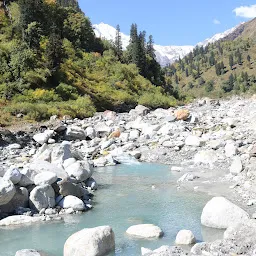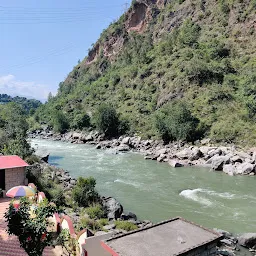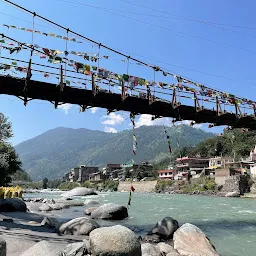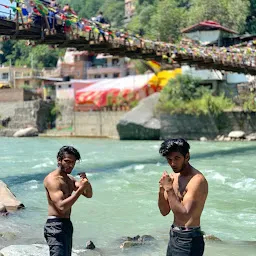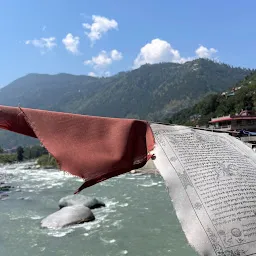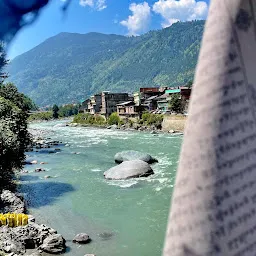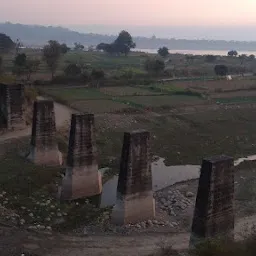Beas River is a river located in Chamba, Himachal Pradesh. The average rating of this place is 4.50 out of 5 stars based on 9267 reviews. The street address of this place is . It is about 8.62 kilometers away from the Guler railway station.
- Where is Beas River located?
- Beas River is located at .
- What is the nearest railway station from Beas River?
- Guler railway station is the nearest railway station to Beas River. It is nearly 8.62 kilometers away from it.
Muhammad Rifaath 19 months ago
Beas river originates from the Himalayan ranges of central Himachal.
It’s about 470 kilometres long, starting from Manali, flowing through Kullu and ends at Amritsar in Punjab.
The water is always super cool as the snow melted from Himalayas is not much farther.
The mouth of the river is Sutlej River and Rohtang La is the source.
The river offers one of the best river rafting in India.
Sheena Khan 15 months ago
Beauty of nature at it's best. You can stop your vehicle at a safe place in the road and you will get this view though it's safe to go near river. White pure and blue water.. With lots of rapids. I love nature mountains, river n greenery,if you want to listen the music of river's waves then you have to go..... Its very peaceful
Gaurang Kaushik 10 months ago
The Beas River is a significant river in North India, flowing through the states of Himachal Pradesh and Punjab. Originating from the Beas Kund near the Rohtang Pass in Himachal Pradesh, it stretches approximately 470 kilometers (290 miles). The river is a major tributary of the Indus River and forms one of the five rivers that define the historic region of Punjab.
The Beas River showcases the breathtaking beauty of the Himalayas as it passes through valleys, gorges, and picturesque landscapes. Its catchment area covers parts of Himachal Pradesh, Punjab, and Jammu and Kashmir. Numerous tributaries, including the Parvati, Tirthan, Sainj, and Uhl rivers, contribute to its water flow.
The river flows through several towns and cities, such as Kullu, Mandi, and Kangra, before entering Punjab. In Punjab, it merges with the Satluj River near Harike, forming the Panjnad River, which eventually joins the Indus River in Pakistan.
The Beas River's significance extends beyond its natural beauty. It serves as a lifeline for the regions it traverses, supporting agriculture, hydroelectric power generation, and various economic activities. The river's waters are utilized for irrigation, fostering the growth of crops like rice, wheat, and maize in the fertile plains of Punjab.
Additionally, the Beas River holds religious importance. It is associated with Hindu myths and legends, and its banks are adorned with numerous temples and shrines. Devotees and pilgrims visit these sacred sites, seeking spiritual solace and blessings.
It is worth noting that rivers can experience changes due to natural and human factors. Therefore, it is advisable to consult current sources and local authorities for up-to-date information about the Beas River.
- Address
